Combat aircraft. When you are unlucky in full
But the Tenzan can be safely called one of the best torpedo-carrying aircraft in World War II.
But it so happened that the excellent machine almost did not show itself in battles. There were no loud victories, there were no heaps of sunken ships. There was practically nothing that would prove the status of a great car.
Let's go to study history, in which there are arguments in favor of my version.
The end of 1939, specifically December. For two years now, Nakajima B5N1 rose into the sky, which was destined for a very bright and interesting life, and at the headquarters of the naval aviation Japanese fleet work was already underway on the assignment for a new aircraft to replace the B5N1. Moreover, everything had a rather short time frame, the plane had to be developed and built in 2 years.
The requirements were also very difficult: a crew of three, dimensions in accordance with the deck lifts of Japanese aircraft carriers, a maximum speed of 470 km / h, a cruising speed of 370 km / h and the ability to overcome 1850 km at a cruising speed with a maximum combat load of 800 kg.
In addition, in the future, the aircraft was supposed to carry the latest Type 91 Kai 3 torpedo with a caliber of 450 mm and weighing more than 800 kg. The defensive armament was planned to be traditionally weak, 1 7,7 mm machine gun in the rear of the cockpit.
In general, the aircraft did not differ much in terms of parameters from the B5N, except for the speed, which was supposed to increase by almost 110 km / h in combat mode and 85 km / h in cruise mode.
In order to make everything faster, the same team that worked on the B5N was put to work on the new plane, which was taken as a role model.
Surprisingly, there was no tender familiar to Japan in those years. The order was immediately given to Nakajima. Ken Matsumura, who built the B5N, was appointed as the leader.
Matsumura's idea was very simple, and that's why it won over. Take the B5N glider as a basis, fortunately, it was good for everyone, and attach more powerful engines to it. By that time it became clear that Nakajima "Sakae" 11 was frankly weak and there was simply nothing to take from this motor.
The management of the headquarters of the fleet strongly recommended the engine from Mitsubishi, "Kasei", but the company resisted, because on the way was its own engine, Nakajima "Mamori" 11, with a capacity of 1 hp.
Work on the aircraft went on throughout 1940, and by March 1941 the first prototype B6N1 was completed.
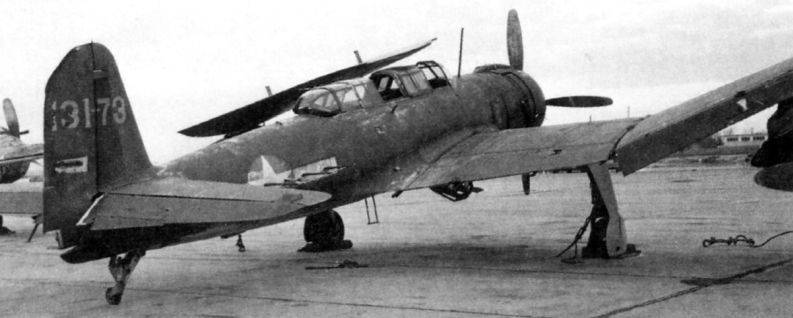
The plane is beautiful and elegant. The wings were folded to fit the dimensions of the elevators and hangars of aircraft carriers, the landing gear, the tail wheel and the landing hook were retracted using hydraulics, basically the structure was duralumin, with the exception of the tail. The crew, as on the B5N, consisted of three people, sitting in one cockpit.
The first flight of the B6N1 prototype took place on March 14, 1941. Shortly thereafter, test flights were continued by pilots from the Navy's Arsenal, including those on the aircraft carriers Ryudze and Zuikaku.
The flights revealed insufficient strength of the landing hook, which was corrected. But with the engine "Mamori" problems began almost immediately. He turned out to be unfinished and capricious, with a huge number of imperfections. Not only did he not develop the planned power, he also warmed himself like a damned one. But this was not enough. Overheating, "Mamori" also began to vibrate.
The engine war dragged on until 1942. But when the problems were resolved, the aircraft was accepted into service as the "Tenzan" Model 11 deck attack aircraft. "Tenzan" is the Japanese name for the Tien Shan ridge. The ridge was in China, but the Japanese had their own opinions on this.
During production, the armament was strengthened. A second 7,7-mm Type 97 machine gun with 400 rounds of ammunition appeared, which was installed in the central section of the wing from the left side outside the zone swept away by the propeller.
This is a very dubious gain, since the combat value of such a course machine gun was minimal. Perhaps that is why they stopped installing it.
However, the aircraft turned out to be much heavier than its predecessor, which immediately limited the range of its use in terms of placement on ships. From small aircraft carriers, which were rebuilt from cargo ships, the plane could not take off. Even with the use of rocket boosters, such a system was tested, but did not go into business. But takeoff is only half the battle, but the problem of landing on a short deck was not solved, so the Tenzan was used only from attack aircraft carriers, and the B5N continued to be used on small and escort aircraft carriers.
The booking was as usual with the Japanese. That is, it doesn't. Yes, it was a good idea to install sealed tanks. For 1943, this was not a novelty, but the Japanese command abandoned such an improvement, since the volume of tanks was reduced by 30%, and hence the range.
So the tanks were left as usual, and the plane in this form went into mass production and to the troops.
But the new plane went with such delays that, not only was the B1941N replaced by the B5N, as planned by mid-6, it was also necessary to start production of the B5N again in 1942, because it was necessary to somehow compensate for the loss of torpedo bombers in combat. parts.
And as a result, the plane lost its engine. "Mamori" by the will of the Naval General Staff was removed from production, as they decided to unify the engines used. Moreover, Mamori's problems were not resolved.
Instead of "Mamori" they decided to use either "Kasei" from "Mitsubishi" or Nakajim's new engine "Homare", which also won over by the fact that it used a piston group from "Sakae".
In general, "Kasei" won, as it was already mastered, but problems began, because the engine from "Mitsubishi" was almost 100 kg lighter than "Mamori".
To restore the center of gravity, it was necessary to lengthen the nose of the aircraft, transfer the oil cooler, and as a result, even outwardly the aircraft began to differ from its predecessors.
As a result, the total weight of the aircraft decreased by 140 kg, and even with a weaker engine, the B6N2 reached a maximum speed of 482 km / h, plus the climb rate increased significantly.
Production of the B6N2 began in June 1943, and in 1944 there was a revolution in armament.
The rear 92 mm Type 7,7 machine gun was replaced by a Type 13 2 mm machine gun, and the lower machine gun was replaced by a 7,92 mm copy of the German MG-81, which, despite the similar caliber, had significantly better ballistic characteristics. a higher rate of fire and belt feed instead of the magazine type 92.
At the end of the war, a land-based "Tenzan" was developed. This was a forced measure, since by that time Japan had run out of aircraft carriers, and the enemy had come so close that it was possible to work on it from coastal airfields. The changes were minor: the hook was removed as unnecessary, and the tail wheel became retractable again.
However, a more advanced Aichi B7A "Ryusei" aircraft was already in the series, so the version was not useful.
The first Tenzans appeared at the front in August 1943, and the first use was in November, in the Battle of the Solomon Islands.
On November 5, 14 B6N1 vehicles, escorted by four Zeros, attacked American ships anchored south of Bougainville Island.
According to Japanese reports, their successes were as follows: one large and one medium aircraft carrier, two heavy cruisers, and two more light cruisers or large destroyers were sunk. The losses amounted to four B6N.
In fact, the Americans, having in this place only two large landing ships and one destroyer escort, had no losses.
The next episodes involving "Tenzan" took place on November 8 and 11 in the Bougainville area.
The achievements of the Japanese crews were modest and the losses high. Plus, American raids on airfields on Rabaul added losses. In general, out of 40 B6N1 aircraft of the first line, 6 remained in service in two weeks.
However, the General Staff of the fleet considered the use of the B6N successful. If you believe the reports of the single surviving crews. If you believe the Americans, then they had no losses.
By the end of 1943, more and more new B6Ns entered the air squadrons of the fleet, but use was still sporadic.
The first massive use took place in the battle for the Philippines, or in the "Hunt for Mariana Turkeys," as the Americans called the battle.
Of the 227 aircraft of the first wave, 37 were Tenzans.
The Japanese attacks crashed against the American air defense system from fighters and anti-aircraft artillery guided by radar data. Of the thirty-seven Tenzans, only ten returned to carriers and three more B6Ns out of seven second wave aircraft.
All torpedoes fired by the B6N crews missed their target, and the Tenzan's only success was a suicidal ram of one of the aircraft shot down by anti-aircraft guns on the deck of the battleship Indiana.
As a result of the battle, the Japanese lost three attack aircraft carriers (Taiho, Shokaku and Hayo), Zuikaku, the last of the large aircraft carriers was badly damaged, so that in fact the carrier-based aircraft of the Japanese fleet ceased to exist.
As a result of the two-day battle, only 3 aircraft remained on the retreating remnants of the 35rd Japanese fleet, and among them only 2 surviving Tenzans!
The B6Ns took part in the Battle of Iwo Jima, where many were lost to American air raids. B6N fought for Formosa.
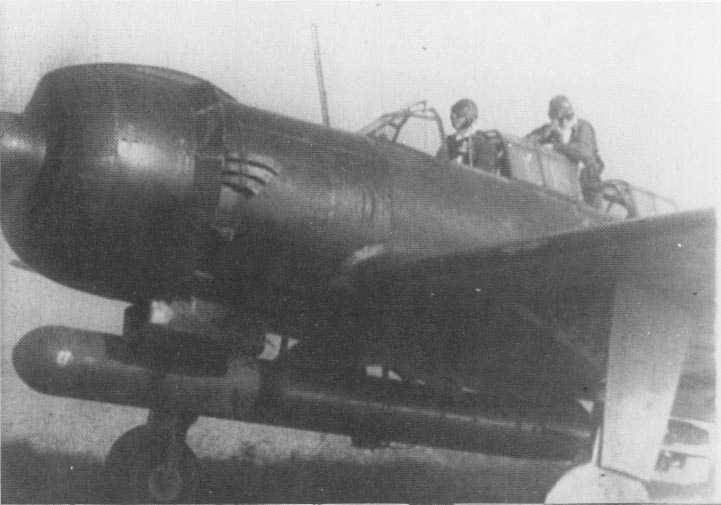
October 14, 1944 saw the first success of the B6N. But he turned out to be a little tainted by circumstances.
17 Tenzans attacked a group of American ships. 16 out of 17 aircraft were shot down, but one of the torpedo bombers with a torpedo dived onto the deck of the light cruiser Renault (type Atlanta) and inflicted very heavy damage on it. Tower number 6 was destroyed, the cruiser received a lot of water, but remained afloat.
Naturally, such an aircraft as a torpedo bomber did not escape the fate of the kamikaze. The Tenzan was converted into suicide planes and used in that role. This happened after the Japanese fleet in the battle at Cape Enganye lost the last four aircraft carriers, which were by that time without aircraft.
"Tenzan" as a kamikaze began to be used everywhere in the battle for the Philippines. Neither side retained documents of successful actions, but the fact that the allies did not find a single whole B6N in the Philippines speaks volumes.
On February 21, a group of Japanese aircraft near Chichijima Atoll attacked a formation of American ships. Three B6Ns armed with 800 kg bombs attacked the Keokuk transport, which was miraculously rescued, and three B6Ns with torpedoes damaged the Saratoga aircraft carrier.
The last major battle in which the B6N took part was the defense of Okinawa, which began with the invasion of the island by the Americans on March 26, 1945 and continued for several months.
On April 6, 1945, the destroyer Bush was sunk by a group of aircraft, which included the B6N.
Destroyer Zellars was damaged by a torpedo on April 12
On April 16, suicide bombers damaged the aircraft carrier Interpid.
On June 16, a single B6N attacked and hit the destroyer Twiggs with a torpedo. This left no chance for the American ship, but the pilot of the "Tenzana", making a circle, crashed into the ship's superstructure. The Twiggs sank.
After that, the victories of the B6N were no longer won and gradually burned out in the crucible of the war, which, however, soon ended.
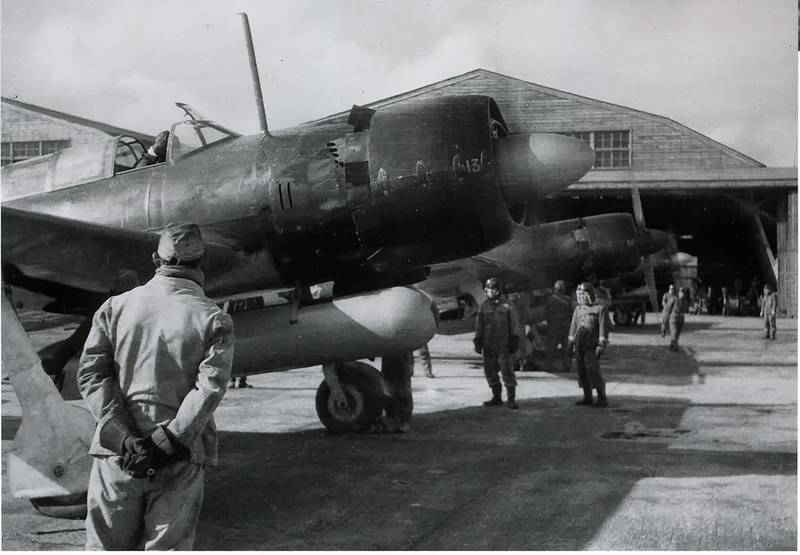
LTX B6N2
Wingspan, m: 14,90
Length, m: 10,40
Height, m: 3,70
Wing area, м2: 37,25
Weight, kg
- empty aircraft: 3 225
- normal takeoff: 5 200
Engine: 1 x Mitsubishi MK4T "Kasei" -25 x 1850 hp
Maximum speed km / h: 463
Cruising speed, km / h: 330
Practical range, km: 3 500
Maximum rate of climb, m / min: 455
Practical ceiling, m: 8 660
Crew, prs: 3
Armament:
- one 13 mm type 2 machine gun in the rear of the cockpit;
- one 7,7-mm machine gun type 97 in the hatch installation down;
- up to 800 kg of bombs or a torpedo.
What can be done for this aircraft?
The Tenzan was good. Excellent maneuverability, excellent flight range, typical of Japanese aircraft in general. As always, no armor and weak defensive weapons. Classic.
Why didn't the B6N get even a tenth of the fame of its predecessor, the B5N?
It's simple. The Tenzan entered service in the second half of 1943, but was practically not used until June 1944, when the Japanese command threw all its forces into battle during the air and naval battle in the Philippine Sea off the Mariana Islands.
By that time, the aviation of the Japanese fleet was experiencing a severe shortage of personnel. The plane was quite good, but in order to realize its strengths, well-trained crews were needed.
But the pilots were over by that time. They burned out in the A6M and B6N cabins, and there was simply no one to replace them.
This is why the B6N squadrons did not accomplish such significant feats. There was no one to do them. There was a plane, but there were no pilots for it.
And as a combat vehicle, the B6N was good. Very good. But 1300 planes without normal crews were simply burned out in useless attacks.
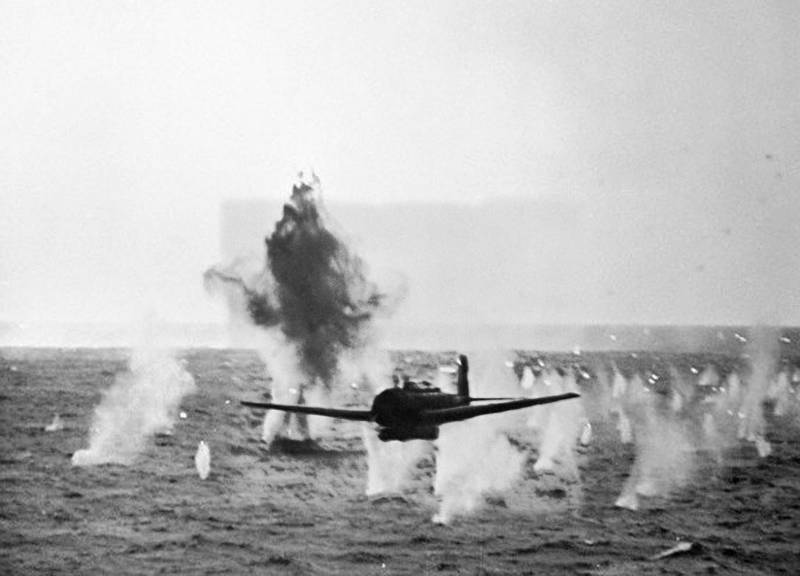
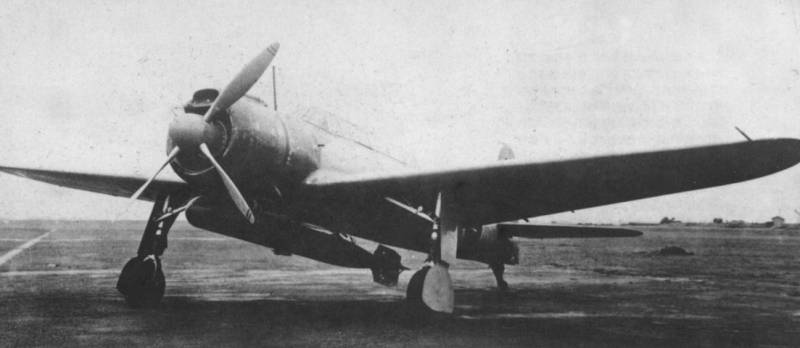
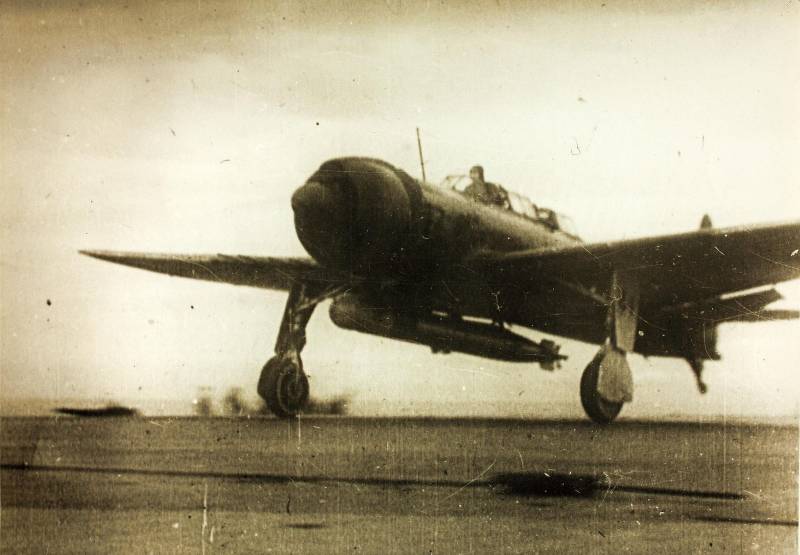
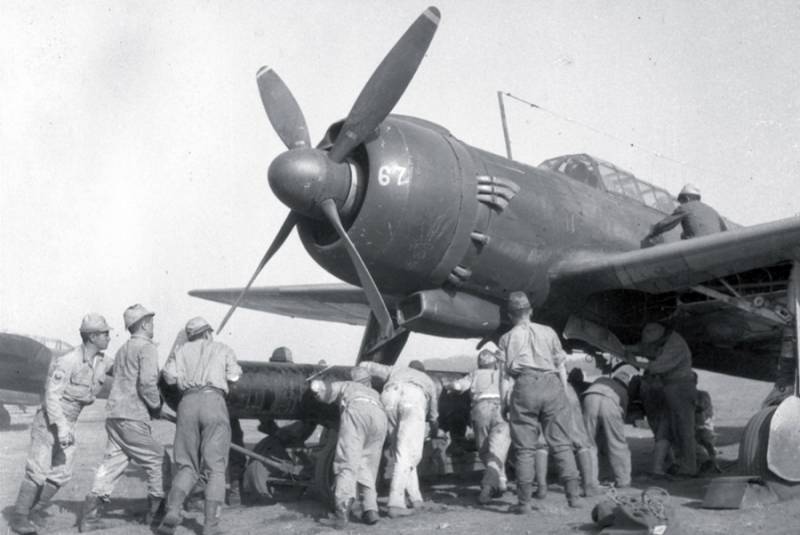
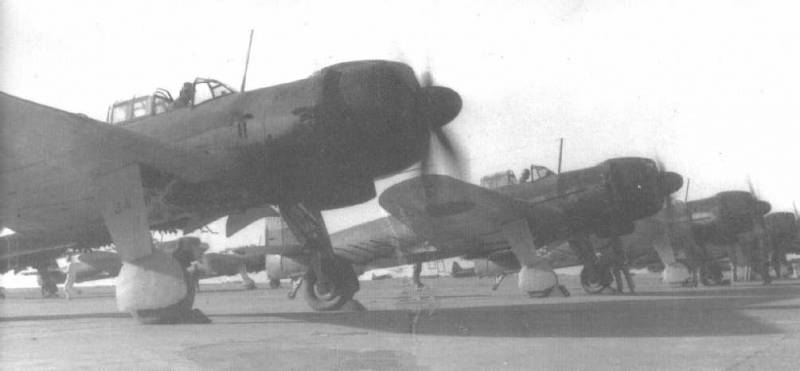
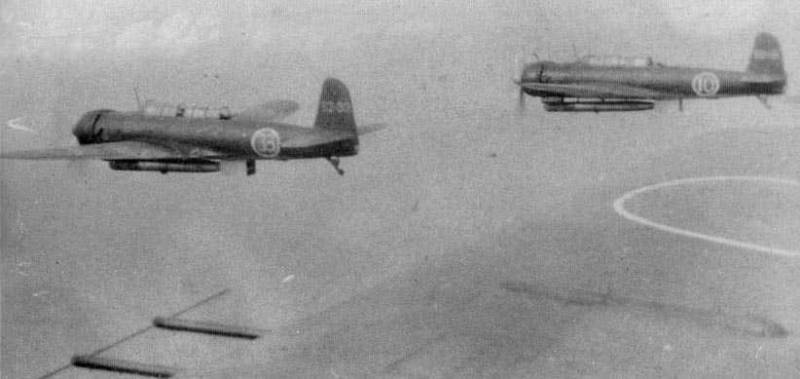
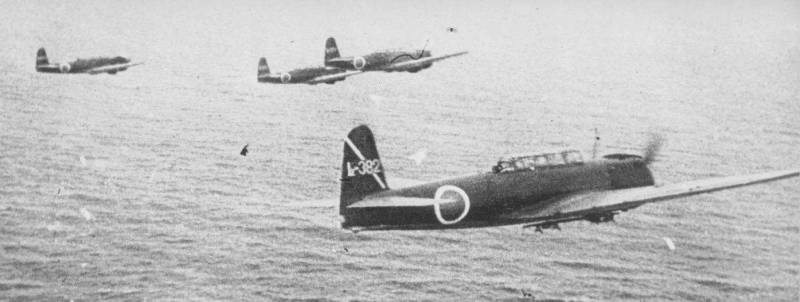
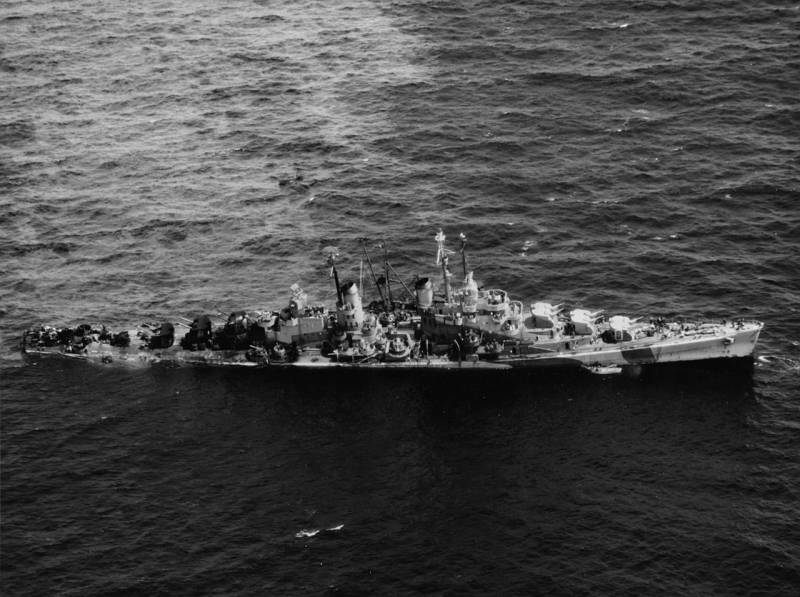
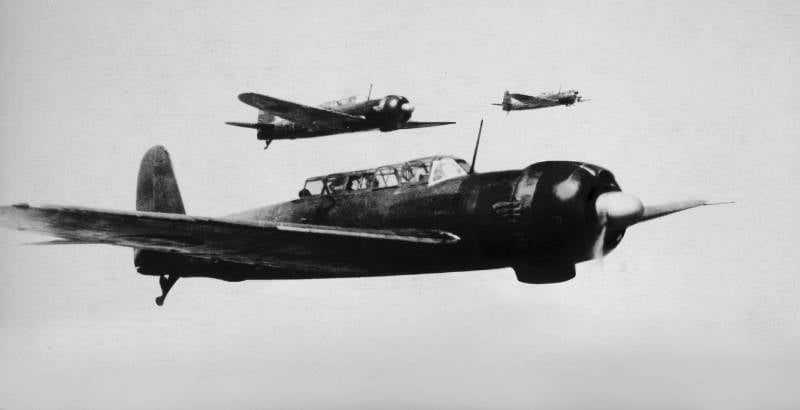
Information